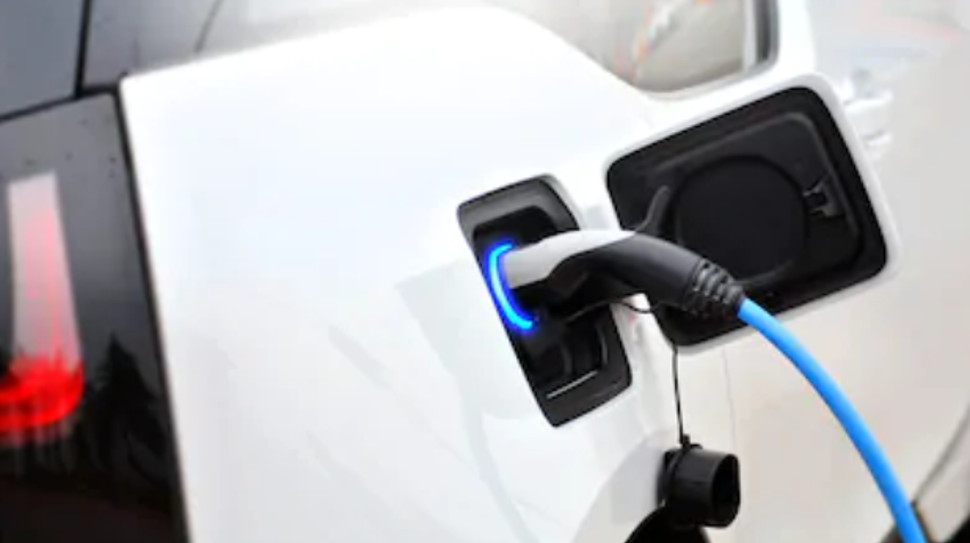Tech headlines of 2021 - events that made us sit up and take note
From audio chat rooms to virtual universe

The year 2021 began like no other but appeared to replicate 2020 in many respects, where an unprecedented challenge impacted almost everything. From public health to industries, we witnessed Covid-19 footprints everywhere.
Thankfully, in between the chaos, some sectors clawed their way back, though not yet fully on track. Majorly, everything just shifted to the virtual world and once again technology got more involved in our lives.
Gadget shipments rose and so did virtual connectivity with it. Health trackers went from being a good-to-have to a must-have while new ailments necessitated newer types of fitness gadgets.
The pandemic kept throwing new challenges at companies to stay afloat and grow. A big one for consumer electronics was the chipset shortage which is still festering. As we wind down on 2021, I bring you some of the events that made headlines - for the right and the wrong reasons.
- Best neckband earphones under Rs. 2000 in India
- Best noise-cancelling headphones available in India
- Best headphones under Rs 2,000 in India
- Best true wireless earbuds (TWS) under Rs 2,000 in India
Clubhouse and copycats

Clubhouse may have debuted more than a year ago, its influence grew exponentially in 2021, creating enough hype in the iOS ecosystem to force an Android rollout. Even before this release, Clubhouse clocked 9 million downloads, as influencers and those wanting to be one swooped down on this opportunity. The outcome: practically each of the social platforms integrated an audio chat feature into their apps. Twitter went first and Telegram followed as did Reddit, Instagram, Discord, and Spotify.
Where are the Chips?
Early signs emerged in 2020 and in 2021 it became a global crisis. Semiconductor chips were in short-supply due to lockdowns and electronic goods suffered as those manufacturing them couldn't find this essential ingredient. Smartphone launches in 2021 missed schedules repeatedly and even Apple had to divert chipsets from iPad to iPhone14. Besides Covid-19, the Sino-US trade war worsened the shortage. The worst of it may be over, but Intel feels chipsets will be in short supply till 2023.
All the fuss over 5G

Phone makers bombarded us with 5G-enabled phones while India desperately tried to get the 5G auctions off the ground. Every single company, from Realme to Xiaomi and Samsung to Apple are making 5G handsets. Chipset makers zoned out from older versions, churning out SoCs supporting this demand. And the irony was not lost on us when the government announced, rather pompously, that they were getting ready to launch 6G in India.
Sign up for breaking news, reviews, opinion, top tech deals, and more.
Google Toes Apple's Line

Apple left Intel in the lurch with its M1 chipsets in 2020. Google followed suit a year later by announcing its custom-made chip Tensor under the hood of its Pixel 6. The company claimed the SoC allowed AI to take over the cameras besides allowing the handset to speed up Google Assistant responses. Google claimed all of this resulted in the Pixel 6 being 80% faster than the Pixel 5. But wait! The older device came with a mid-range Snapdragon 765G processor.
A Meta Re-christening

If Google became Alphabet in 2015, why can't Facebook become Meta in 2021? While the former created an umbrella brand for its subsidiaries, the latter followed suit. Mark Zuckerberg introduced us to Metaverse, a theoretical concept where users can connect virtually to do business, visit friends, shop or network via a virtual medium. A few tech giants bought into the idea and shared their vision of this virtual universe.
The Future is Foldable

Samsung turned the clock back to flip phones and brought the foldable screens over the past 24 months. Chinese brands looked on for a while and Xiaomi brought the Mi Mix Fold. Towards the end of the year, we saw the Oppo Find N and Huawei's P50 clamshell device. Others like Honor and Vivo too joined the crowd, not surprising as they may have read an IDC report on the foldable phone's growth potential.
EVs on Overdrive

History may remember 2021 as the year of the electric vehicles in India and the old warhorse Tata Motors as its pilot car. While a slew of electric bikes joined the market leader Ather Energy, it was Tata Nexon that captured the passenger car segment. If there was one factor that was stymieing its growth, it was an inadequate network of charging stations. But, there is respite as government is lending a helping hand and so are the public sector oil companies, not to mention private initiatives.
NFTs: Fad or Fact

NFTs (Non-Fungible Tokens), a unique digital certificate that is used to record the ownership of an asset such as an artwork or a collectible became the new buzz in the world of blockchain in 2021. Relatively unheard of till last year, NFTs saw a surge in demand this year, with sales crossing $23 billion, says DappRadar’s report. All this while, India faced a battle between believers and cryptocurrency agnostics.
New uses for AR/VR

The AR/VR boom continued through 2021 with the pandemic providing innovative adoptions of the technology. Remote working possibly brought better trust of both AR and VR, visibly seen in the ed-tech business in recent times. Companies are also spending heavily with talk of the metaverse becoming a reality. Small wonder that the Oculus sold over 2 million Quest 2 headsets this year. Haptics became a major driver in VR gaming also turned the corner during 2021.
Want to know about the latest happenings in tech? Follow TechRadar India on Twitter, Facebook and Instagram

For the past seven plus years, Naina has been an avid follower of the consumer technology industry, with a special focus on gadgets. Her areas of focus include the broad world of smartphones, apps, wearables, and other consumer electronics. Always on the lookout for new and unique bits, Naina constantly seeks to find ways to share her knowledge with readers in a fashion that benefits both.